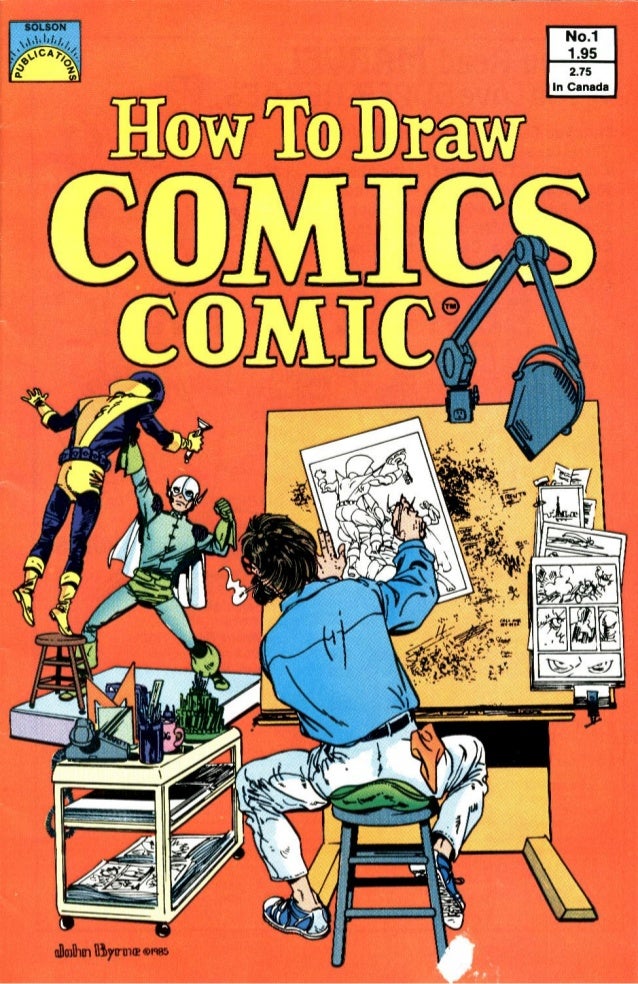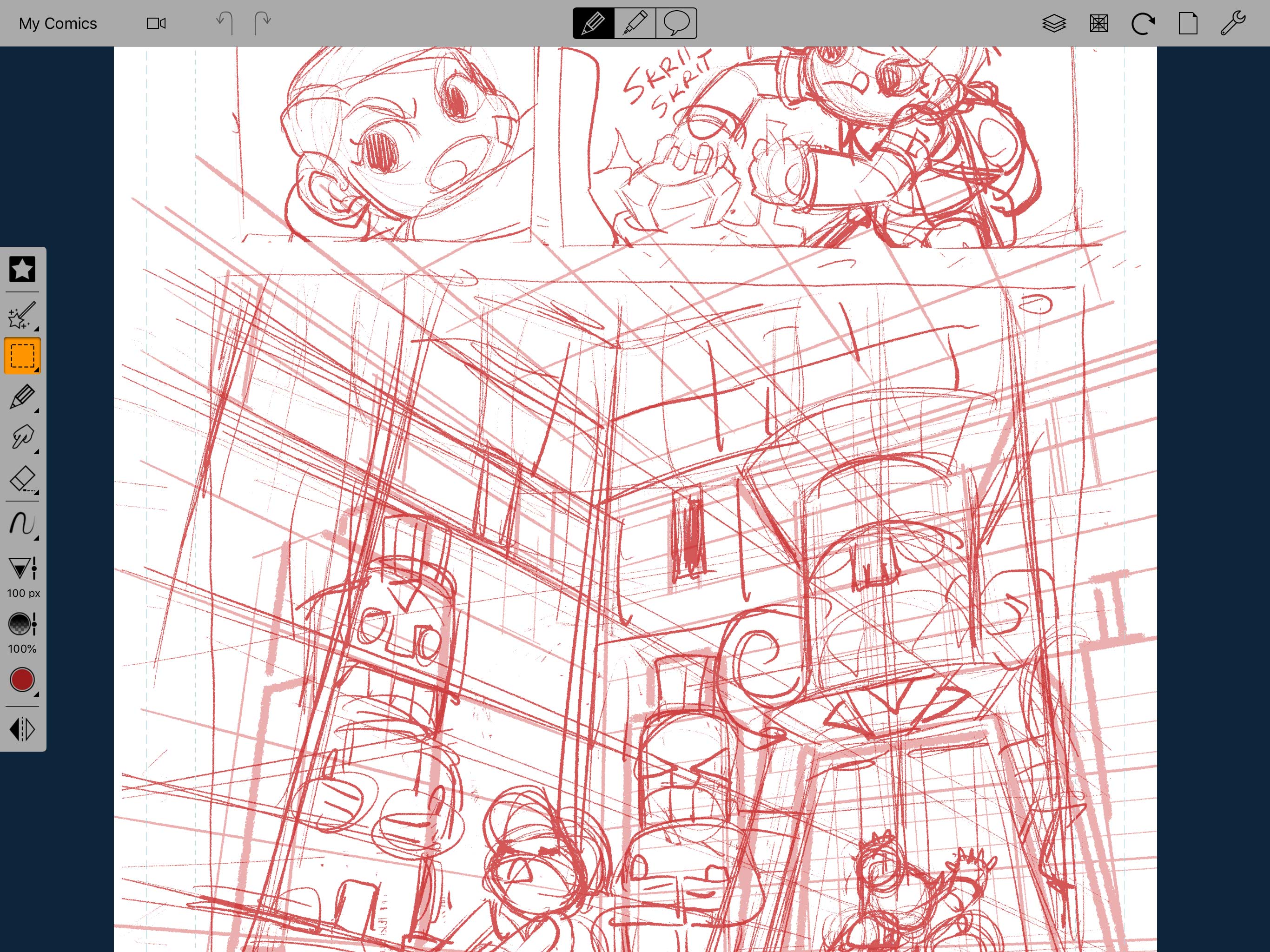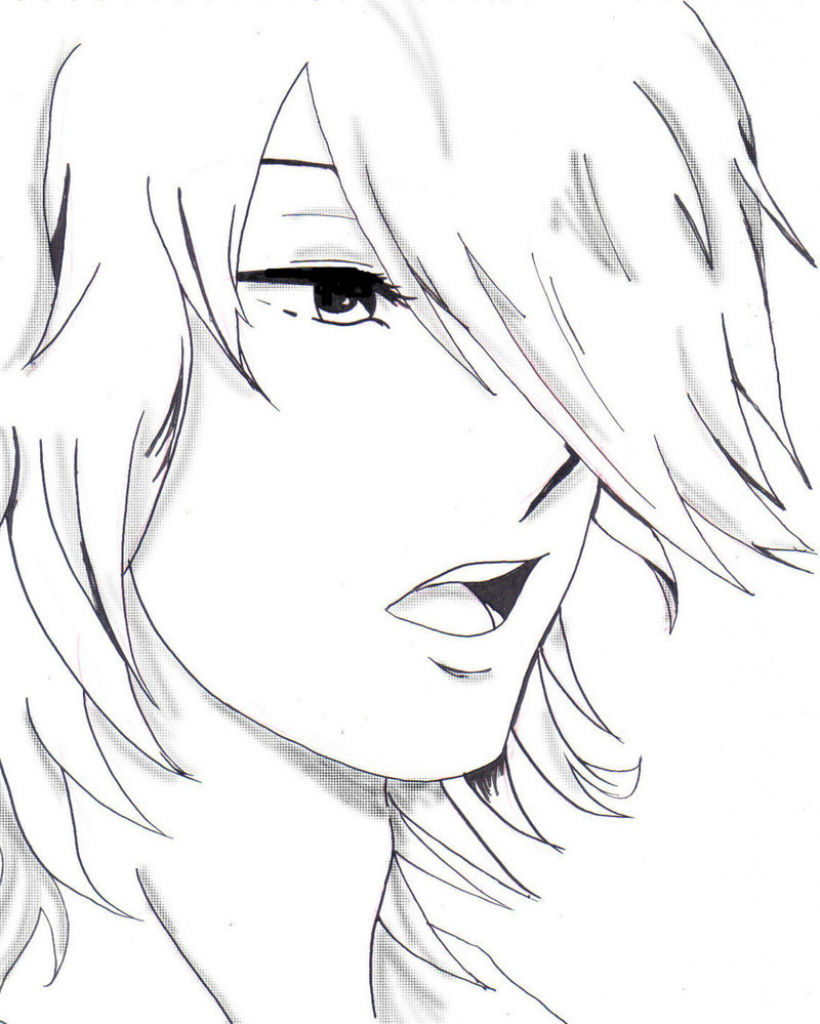Comic draw for ipad
Table of Contents
Table of Contents
Are you an aspiring comic artist looking to improve your skills and draw comics that will captivate your readers? Look no further! In this post, we’ll explore tips and tricks for how draw comics and take your artwork to the next level.
The Struggles of Drawing Comics
Whether you’re a beginner or a seasoned artist, drawing comics can be a daunting task. It can be frustrating to come up with new ideas for poses and compositions or to struggle with creating dynamic characters that draw readers in.
Tips for Drawing Comics with Ease
Thankfully, there are many resources available to help you overcome these challenges and improve your comic art. Here are some tips to get you started:
- Use reference images to help you draw more accurate poses and characters
- Practice your gesture drawing to create more fluid and dynamic poses
- Read books or watch tutorial videos to learn more about the fundamentals of comic art
How to Use Photo References to Draw Comics
One of the best ways to improve your comic art is to use photo references. This can help you improve your anatomy skills and create more realistic poses and compositions. Start by finding reference photos online or taking your own photos of friends or family members in various poses.
Once you have your reference images, use them as a guide while you draw. Don’t try to copy the photo exactly, but instead use it as a starting point to create your own unique artwork. Practice this technique regularly, and you’ll see your skills improve in no time!
Creating Dynamic Characters
One of the most important aspects of comic art is creating dynamic characters that draw readers in. Here are some tips to help you create characters that are both visually interesting and emotionally engaging:
- Focus on body language and facial expressions to convey emotions
- Create well-rounded characters with unique personalities and quirks
- Use visual metaphors to help readers understand your characters’ motivations and feelings
Using Body Language and Facial Expressions to Convey Emotions
Body language and facial expressions are powerful tools for conveying emotions in your artwork. Remember to pay attention to the small details, such as how your character is standing or the look on their face. Even subtle changes can make a big impact on the reader!
Creating Unique Characters with Visual Metaphors
Visual metaphors are a great way to help readers understand your characters’ motivations and feelings. For example, if your character is feeling trapped or suffocated, you might draw them in a small, confined space or surrounded by lines to convey a sense of claustrophobia.
Question and Answer Section: How to Draw Comics
Q: What are some good resources for learning how to draw comics?
A: There are many great books and online tutorials available to help you improve your comic art. Some popular options include “How to Draw Comics the Marvel Way” by Stan Lee and John Buscema, and the “I DRAW COMICS” sketchbook and reference guide.
Q: How important is practice when it comes to drawing comics?
A: Practice is essential for improving your skills as an artist. Regular practice will help you develop your own style and improve your ability to create dynamic characters and engaging compositions.
Q: How can I improve my skills at creating dynamic poses?
A: Gesture drawing is a great way to improve your skills at creating dynamic poses. Set a timer for a short period of time (30 seconds to a minute), and try to capture the essence of the pose without worrying about details. This exercise can help you create more fluid and natural-looking poses in your artwork.
Q: What’s the best way to come up with ideas for my comic art?
A: Inspiration can come from many different sources, so it’s important to keep an open mind and stay curious. Some ideas include brainstorming with friends, reading books or comics, or looking to your own experiences for inspiration.
Conclusion of How to Draw Comics
Drawing comics can be a challenging but rewarding experience for artists of all skill levels. By using reference images, focusing on body language and facial expressions, and practicing regularly, you can improve your skills and create dynamic and engaging comic art that will captivate your readers.
Gallery
How To Draw Comic Art Using Photo Reference - YouTube

Photo Credit by: bing.com / drawing comic draw reference using drawings paintingvalley
How To Draw More Dynamic Poses: Tips For Fluid Gesture Drawing - Syn

Photo Credit by: bing.com / drawing draw poses dynamic human pose marvel fluid comics way comic gesture book make tips getdrawings
“I DRAW COMICS Sketchbook And Reference Guide” – Some Progress Of Mine

Photo Credit by: bing.com / artprompts
How To Draw Comics By John Byrne

Photo Credit by: bing.com / draw comics byrne john comic book marvel slideshare drawing longbox obscurities oddities ccf sketchbook
Comic Draw For IPad | Plasq.com

Photo Credit by: bing.com / comic draw sketch plasq ipad apps book yo claudio grassi cloud courtesy illustrations






